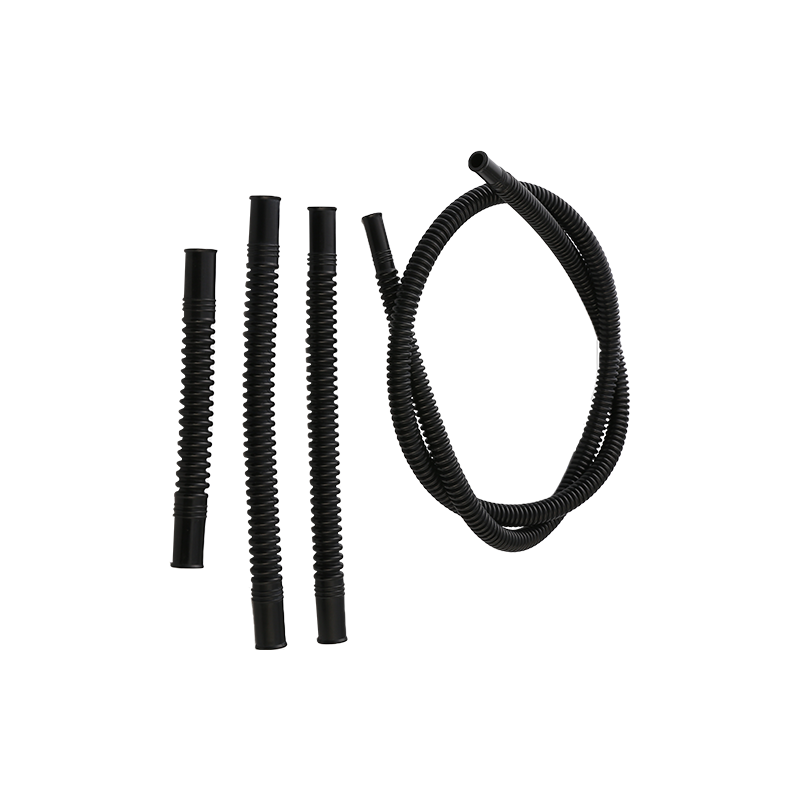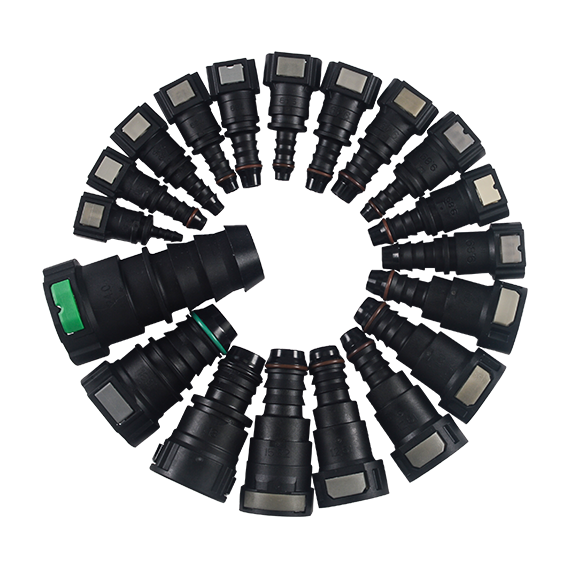Common Problems with Fuel Pipe Connectors
Car Fuel Pipe Connectors are essential for maintaining a sealed, pressure-resistant path for fuel to flow from the tank to the engine. When connectors fail, consequences can be serious: leaks, loss of fuel pressure, fuel vaporization, or even safety hazards. At the same time, many modern systems incorporate a fuel line coolant hose or fuel cooling loop, which sometimes interfaces closely with the connectors. If a connector leaks or degrades near a coolant hose junction, it may allow heat ingress, contamination, or pressure disturbances that indirectly impact the coolant hose and fuel cooling performance.
Hence, diagnosing and preventing connector failures is vital not only for fuel flow integrity, but also for ensuring the coolant hose continues to protect the fuel from overheating.
Common Problems Seen in Fuel Pipe Connectors
Here are frequent failure modes or issues that vehicle users, mechanics, or integrators report.
1. Seal / O-Ring Degradation and Leaks
One of the primary causes of connector failure is degradation of internal seals or O-rings. Over time, exposure to fuel (including ethanol blends), heat cycles, or chemical contamination can harden, crack, or shrink these seals. When they lose elasticity, fuel may seep through gaps at the interface.
In fuel pump connectors, this is a well documented issue—weak or degraded O-rings cause to fuel leaks or pressure loss.
When such leaks occur, they often appear around the connector junction or in hot zones, and may manifest as fuel odor, drips, or even poor engine performance under load.
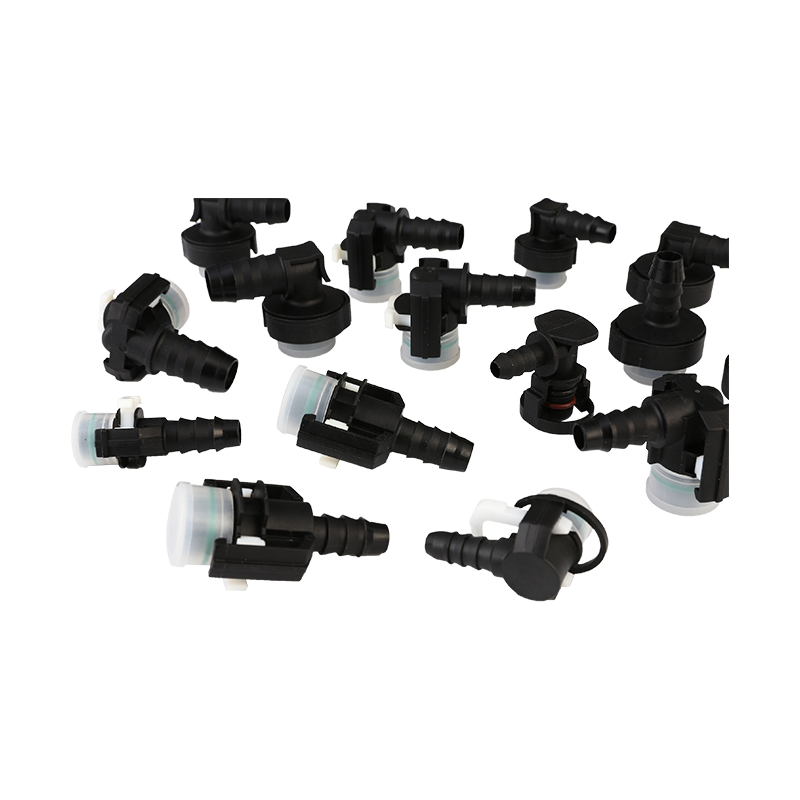
2. Corrosion and Terminal Deterioration
Especially in metal connectors, exposure to moisture or splash can cause the metallic surfaces or terminals to corrode. This corrosion increases electrical or mechanical resistance, weakening the connection, and can also compromise sealing surfaces.
In fuel pump connectors, corrosion of terminals is a known contributor to voltage drop, poor pump performance, or intermittent operation.
Corrosion near connector edges or on threads can also impair proper sealing, allowing leakage or ingress of contaminants.
Manufacturers must choose corrosion-resistant alloys or protective coatings to mitigate this.
3. Locking Mechanism / Clip Failure
Many connectors use tabs, clips, or lock latches to maintain tight engagement between male and female halves. If the locking mechanism becomes weakened, broken, or misaligned, the connector can partially disengage, resulting in a loose fit or intermittent leak.
Connectors may lose locking tension due to material fatigue, vibration, or improper force during maintenance.
A connector slightly disengaging can let fuel vapors escape or reduce effective sealing pressure.
4. Mechanical Stress, Fatigue, and Vibration
Because connectors are often located near moving parts, heat sources, or in vibration zones, mechanical stress is a cause of long-term failure.
Repeated vibration can stress connector bodies and sealing areas, causing micro-cracks.
Thermal expansion and contraction cycles can cause to loosened fits if tolerances are not well designed.
Misalignment or angular stress (e.g. connector not aligned well with hose or pipe axis) can cause bending stress at junctions, accelerating wear.
Designers must account for mechanical flexibility, strain relief, and tolerances to absorb such stresses.
5. Installation Mistakes and Over-Tightening
Sometimes the fault lies not in design, but in installation. Common mistakes include:
Using excessive torque on fittings, which can distort sealing areas, damage O-rings, or crack connector bodies.
Misaligning connectors or forcing engagement, which damages sealing surfaces or locking tabs.
Reusing old seals or O-rings beyond their lifespan.
Using the wrong lubricant, or no lubricant, at mating surfaces, causing friction or damage during installation.
Neglecting to clean mating surfaces—dirt, debris, or foreign particles can compromise sealing.

 English
English
 Español
Español


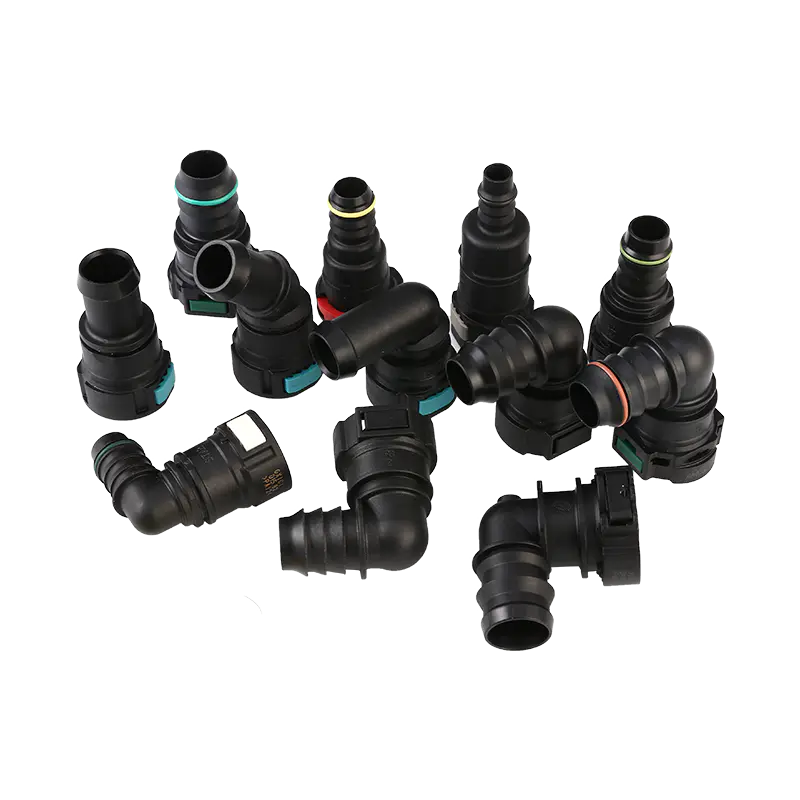
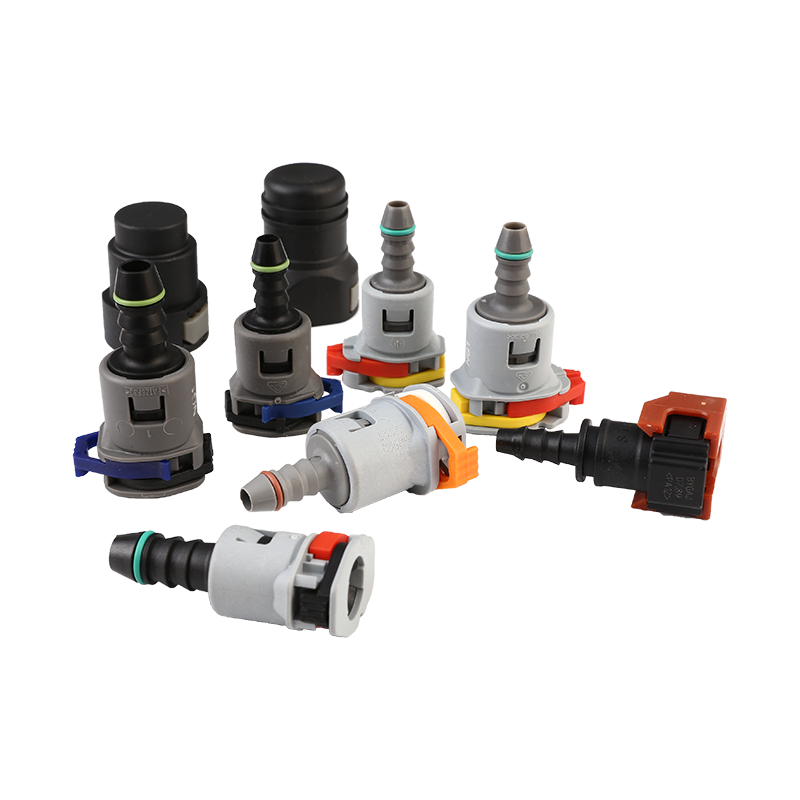
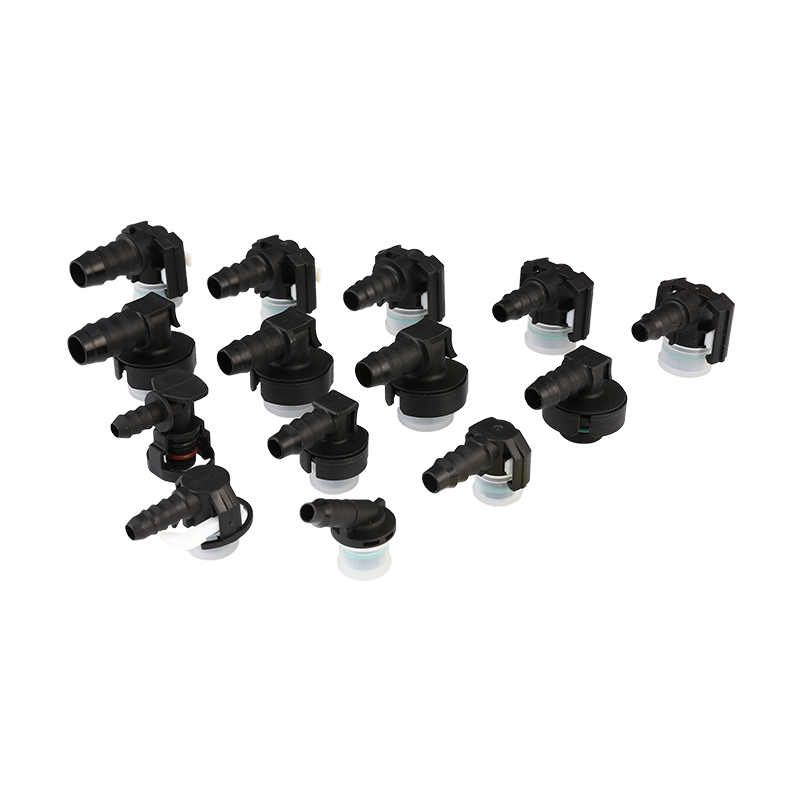
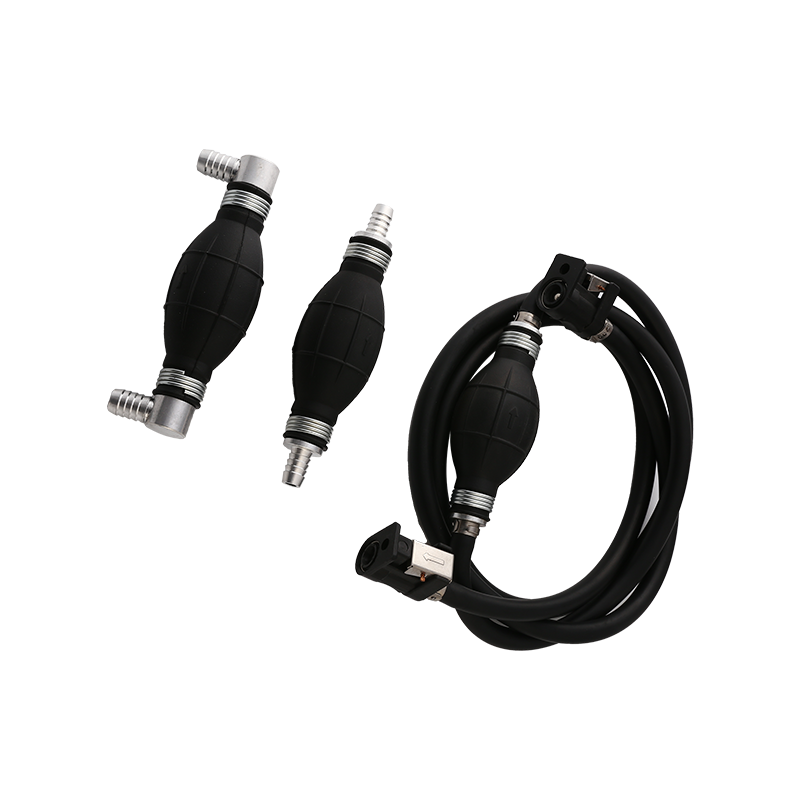
.png)
.png)
